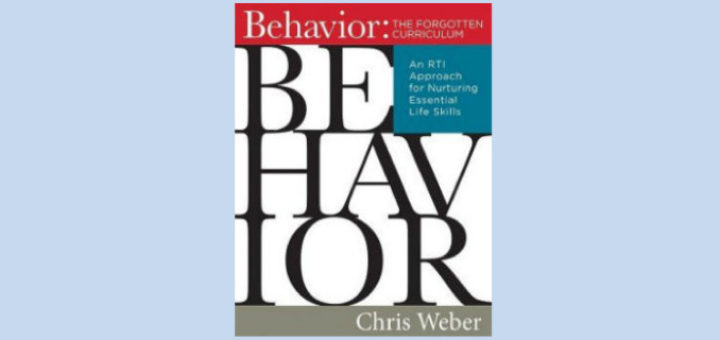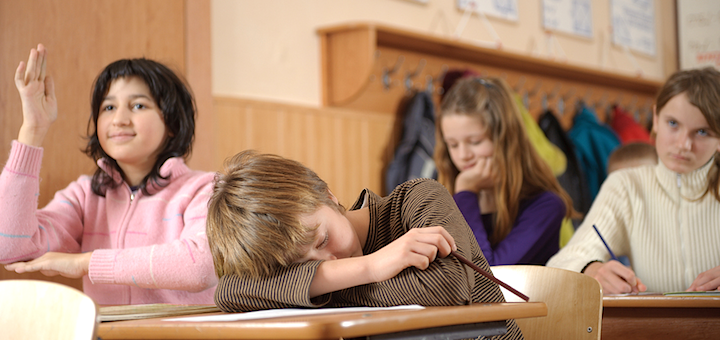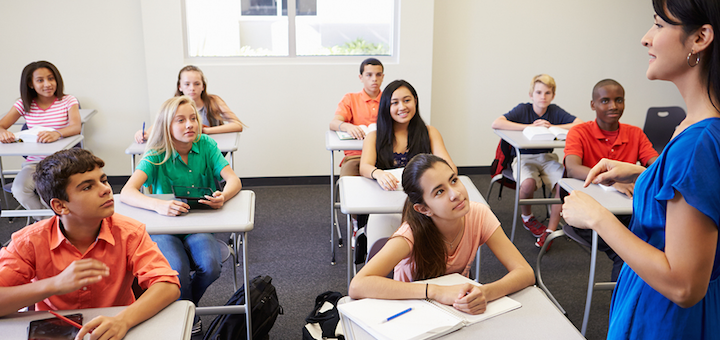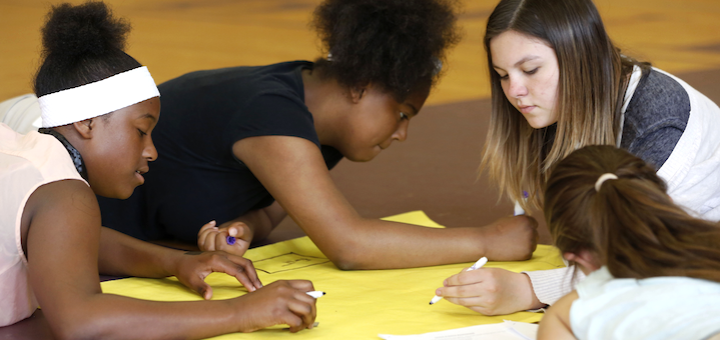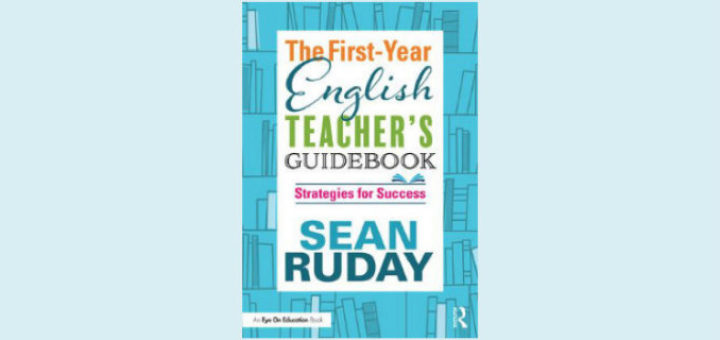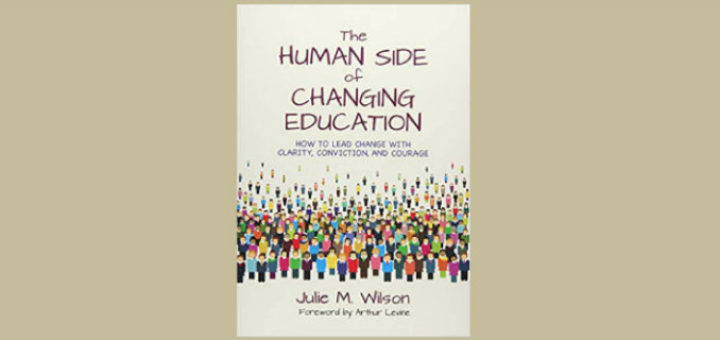Teaching and learning in grades 4-8
Reshma Saujani offers insights about what it means for girls to be brave but not perfect. Teachers can pass her ideas on to their students, writes educator Bill Ivey, whether by internalizing them and sharing when needed or by actually studying Saujani’s book in class or in clubs.
Chris Weber’s useful book, Behavior: The Forgotten Curriculum, An RTI Approach for Nurturing Essential Life Skills, seeks to help schools implement MTSS for behavior in a systematic, practical way, with or without formal adoption of PBIS, writes principal Rita Platt.
Among the outdated teaching still found in schools, coach and NBCT Elizabeth Stein singles out round robin or popcorn reading for immediate elimination. Other research-based strategies can easily be substituted and lead to a more effective and just learning environment.
Too often classroom questioning becomes pedagogical ping-pong, resulting in predictable, back-and-forth exchanges between teachers and students. Use these questioning strategies and tools shared by teacher educator and former Kansas TOY Curtis Chandler to up your game.
Giving students tools to slice into a text and formulate specific thoughts backed with evidence has transformed NBCT Marilyn Pryle’s classroom discussions. “Instead of tentative guesses from a few, we now have detailed conversations that draw the whole class in.”
Respectful, fruitful collaboration among students is not “nice” for kids to master before they make their own way in the world – it is absolutely necessary. It’s especially needed when problems arise. Dina Strasser suggests co-creating norms that serve the whole child.
The First-Year English Teacher’s Guidebook is a trustworthy resource that is well-balanced, effective, and research-based. Preservice ELA teacher Tara Sherman expects early career educators (and experienced instructors) will find it easy to use and “wholly recommends it.”
Julie M. Wilson explains how to lead educators through change and also looks at how leaders can sustain their effort by taking her readers on a leadership version of The Hero’s Journey. Principal Michael Whisler particularly liked her Strengths-based Conversation script.
After many discussions and short student surveys, Jeremy Hyler has drawn some conclusions about ways to encourage middle school readers. His three top strategies: offer them choices, have them conduct authentic conversations, and give them regular reading time in class.
Formative assessment can be fun. Yes, FUN, writes teacher Cheryl Mizerny. How to turn all those frequent checks for understanding into activities students can enjoy? Cheryl shares her go-to’s, both tech enhanced and tech free. Why not give Incredible Shrinking Text a try?


